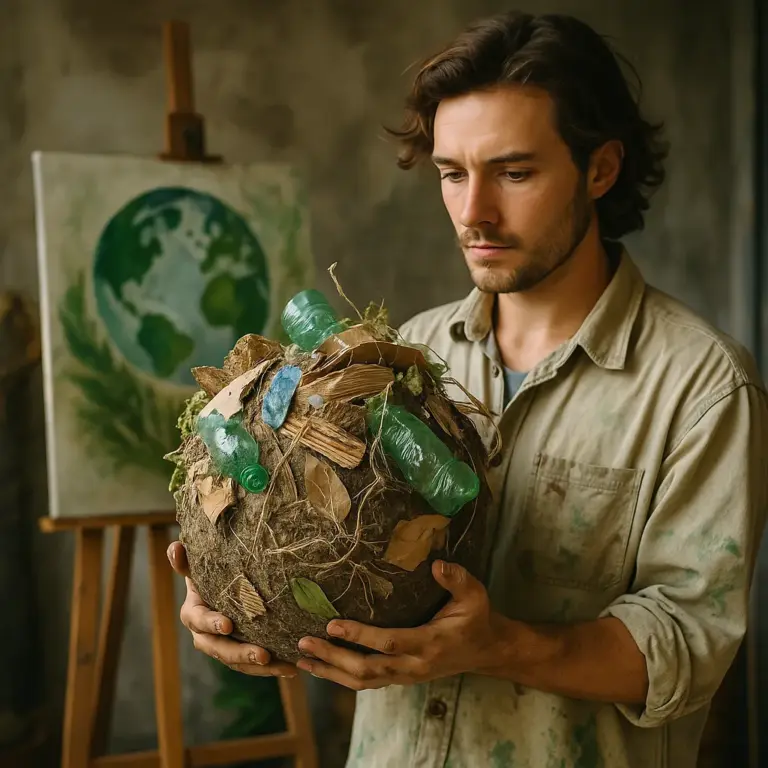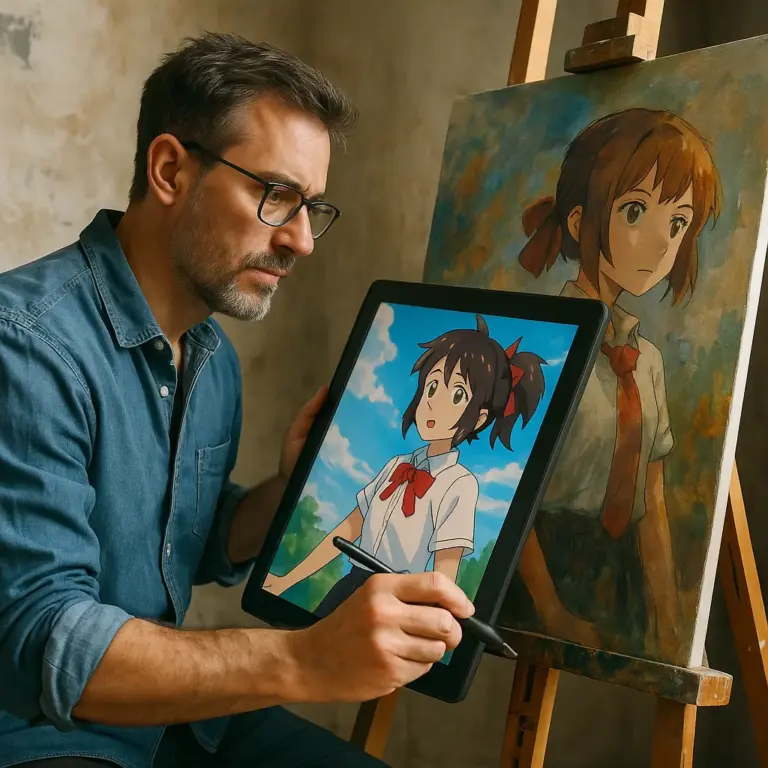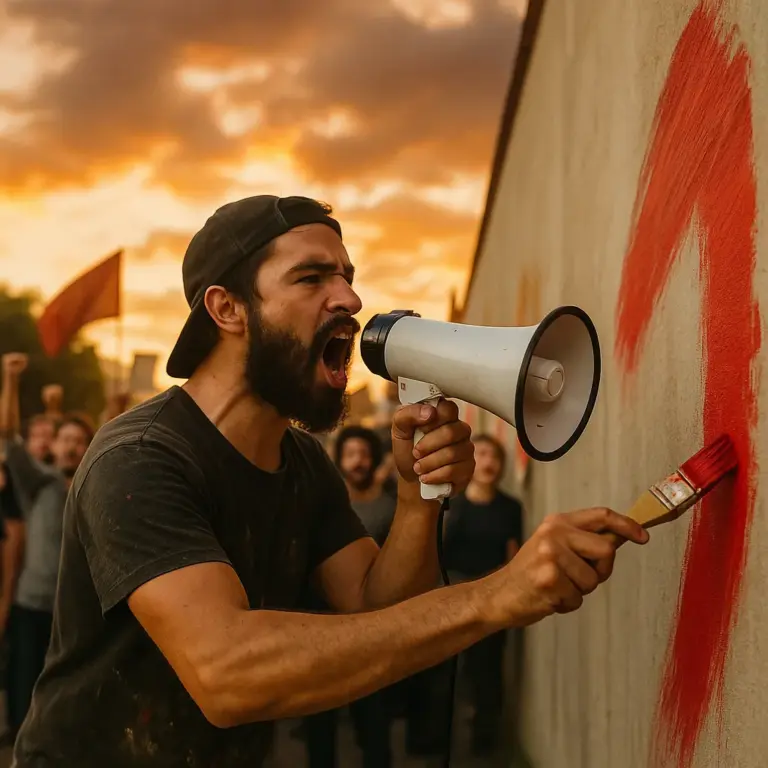Who says great performances only happen in the big cities? In the southwest of Portugal — specifically in the regions of Aljezur and Monchique — artistic projects are taking shape with a bold proposition: to turn local culture into a living spectacle. The focus? Theater, dance, contemporary circus, and music, all deeply rooted in the identity of the land.
These initiatives not only bring art beyond urban centers but also reshape the relationship between creators, audiences, and the landscape. It’s a form of art that breathes the same mountain air, listens to the sea, and draws inspiration from the stories shared by locals. A true living laboratory for those who believe culture is born in dialogue with territory.
Aljezur and Monchique: More Than Just Scenery
These regions offer more than postcard beauty — they hold a deep cultural strength. Aljezur preserves agricultural traditions, fishing memories, and a coastline of dramatic cliffs. Monchique, nestled in the mountains, is all greenery, silence, and ancestral wisdom.
What makes them special is a sensitive geography that enhances the emotional impact of performances. Watching a play outdoors, with the wind in your ears and the mountains as your backdrop, creates a multisensory experience. It’s as if the land itself is performing, as if each tree or stone has its own line.
Projects That Take Root: Art to Be Lived and Felt
More than a show calendar, these artistic projects propose new ways to encounter art. Productions often blend artists from different disciplines — physical theater, contemporary dance, experimental music, research-based circus — and invite audiences to participate actively.
Highlights include:
- Performative walks between villages, with scenes staged along natural trails
- Site-specific performances created for unique spaces like abandoned mills or scenic viewpoints
- Open artistic residencies, where the creative process is shared with the community
The calendar follows seasonal cycles — winter and spring — aligned with the local climate and pace of life. In 2023 alone, more than 45 events were held, featuring artists from 12 different countries.
Community as Protagonist: Art That Listens
Perhaps the most transformative aspect of these initiatives is how they involve the community. Children and elders, farmers and shopkeepers — all may be invited to participate, whether as audience members or as part of the creative process. The goal isn’t to “bring culture in,” but to create culture with.
In Aljezur, for instance, a recent project collected residents’ stories about forgotten traditions, which then became the basis for a documentary performance. In Monchique, local youth took part in theater and circus workshops, producing results that surprised even the professional artists.
This kind of engagement fosters a lasting sense of belonging. It plants a seed that continues to grow — in people, in streets, and in schools.
Territorial Transformation: Art That Moves the Region
It’s not just the senses that are stirred by these projects — they also bring economic and touristic impact. Well-organized events attract visitors outside the high season, boosting local accommodations and restaurants, while generating jobs for technicians and producers.
Studies conducted between 2021 and 2024 show that each artistic cycle draws between 3,000 and 5,000 visitors, many from other parts of Portugal or abroad, seeking a different kind of cultural experience. This directly contributes to sustainable regional development.
Moreover, partnerships with local institutions — schools, neighborhood associations, environmental NGOs — expand the reach and relevance of the work, strengthening a web of collaboration that endures over time.
Challenges and the Future: How to Keep the Flame Alive?
Despite the success, maintaining artistic projects in low-density regions isn’t easy. It requires ongoing funding, audience building, dealing with seasonality, and resisting pressure from traditional cultural models.
Even so, the initiatives in Aljezur and Monchique show that it’s both possible and necessary to think about culture beyond the urban axis. The secret lies in balancing artistic excellence with local listening — daring, but with care.
The future points to new international collaborations, more creative residencies, and greater investment in accessibility — both physical and emotional. Because in the end, great art is that which moves those nearby — and those who journey far to find it.




